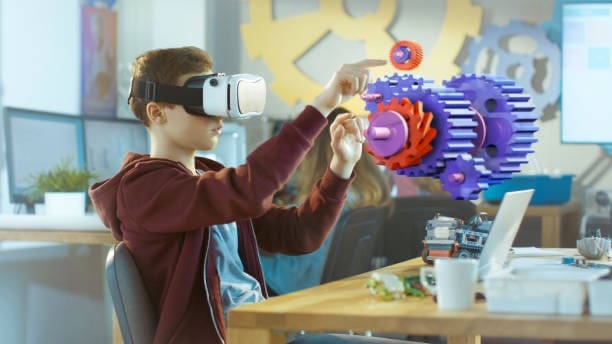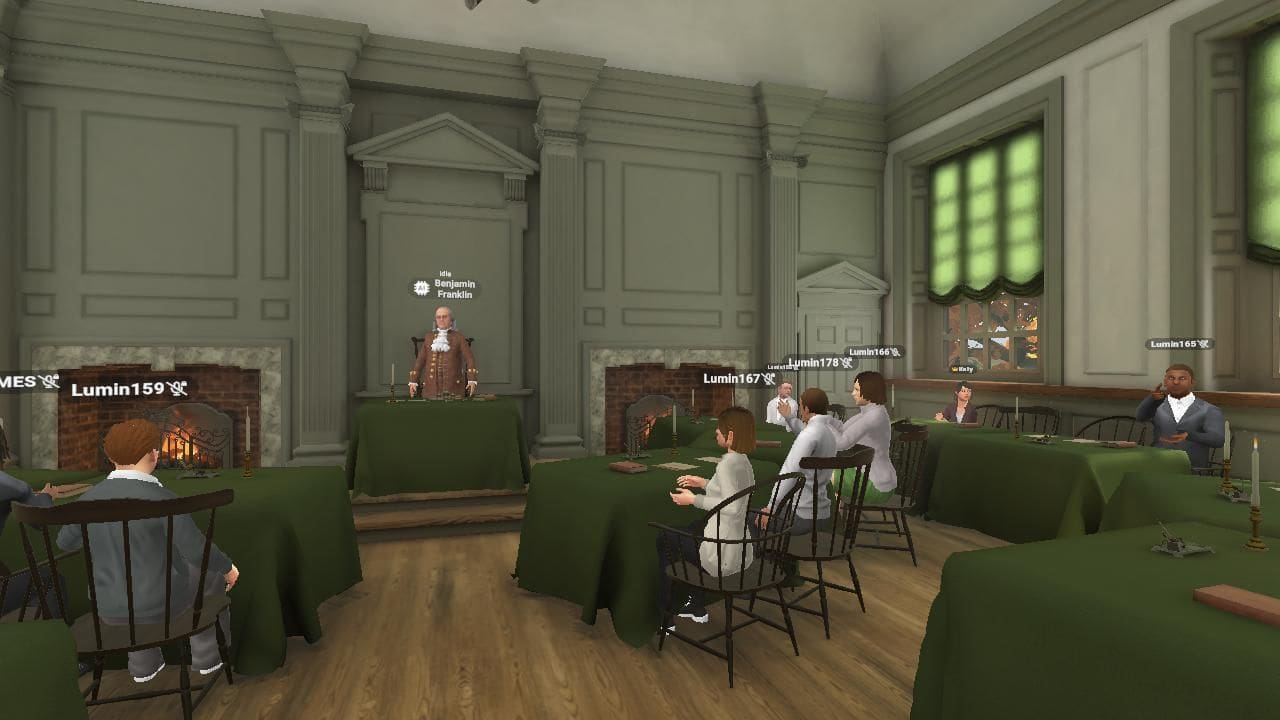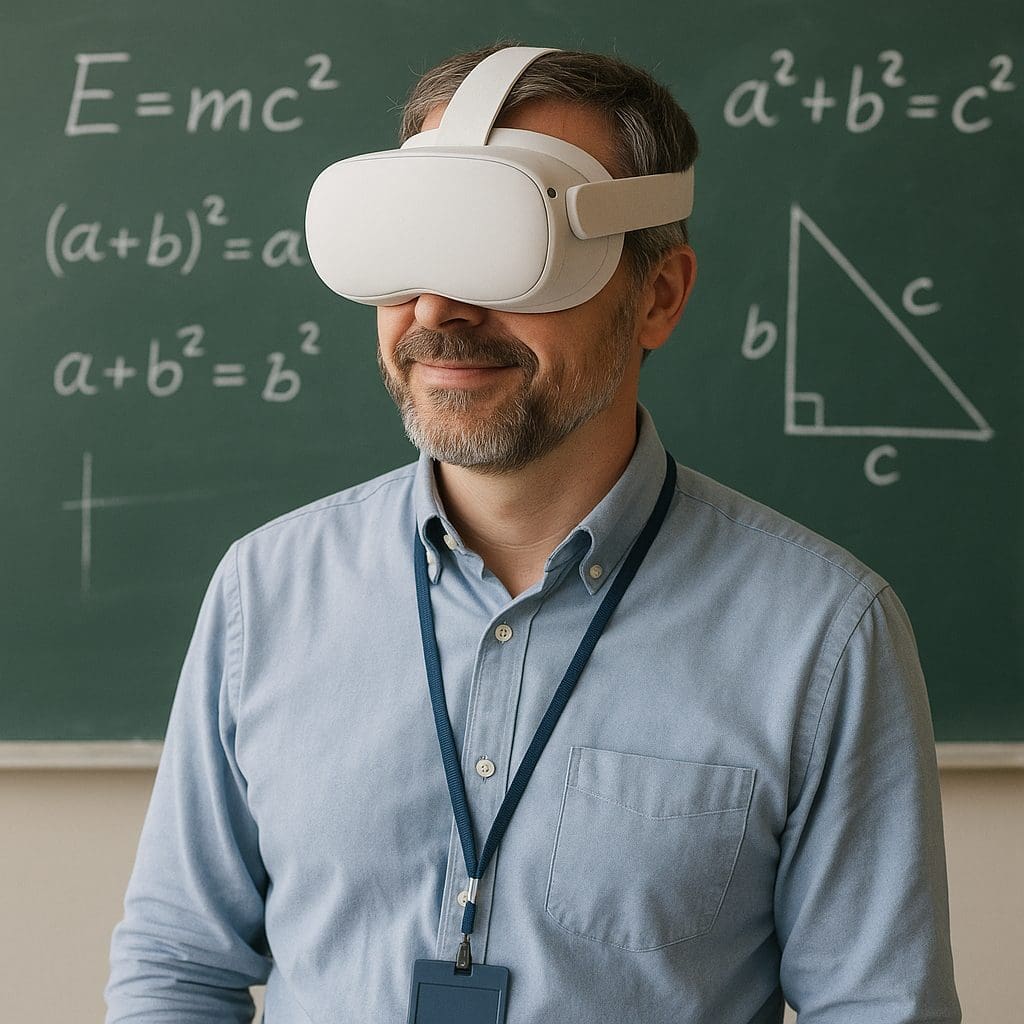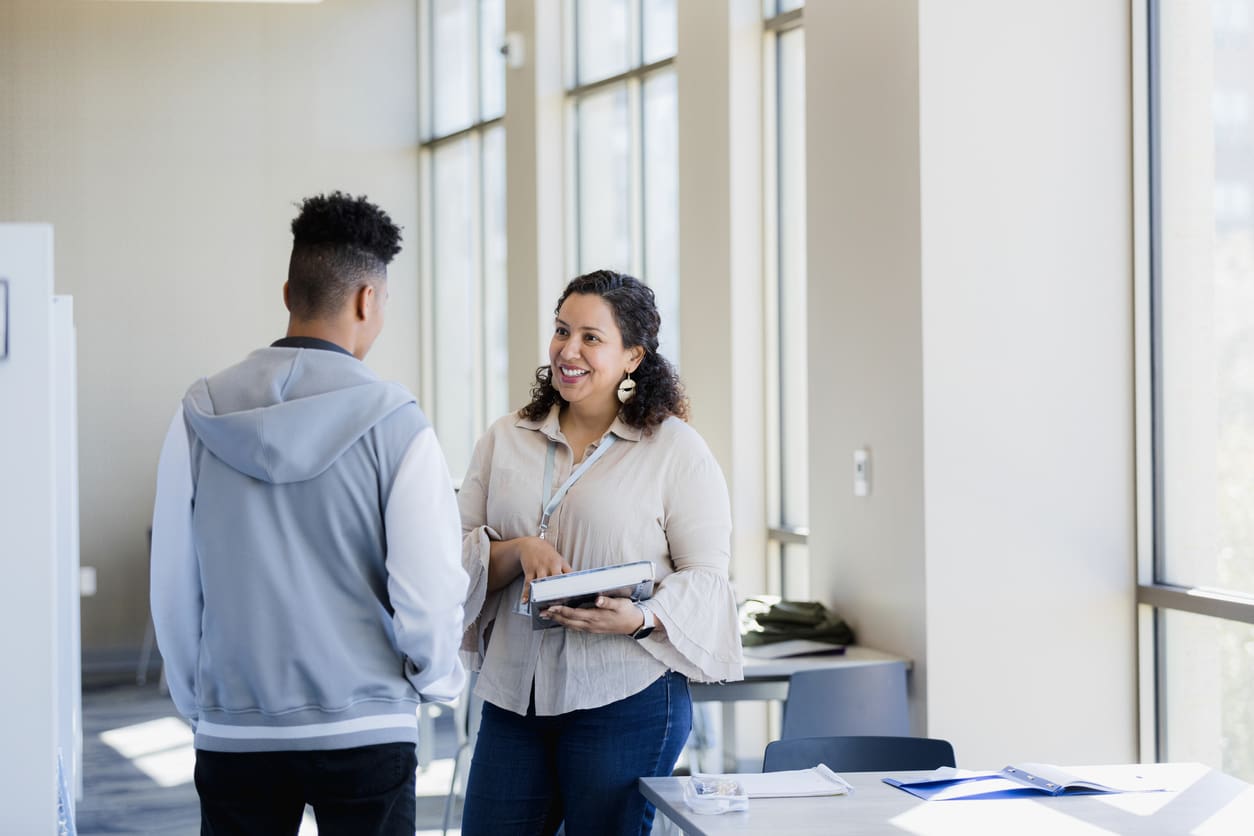
 In a world defined by constant change, preparing students for tomorrow’s workforce is no longer about training them for specific roles—it’s about equipping them with the mindset and skills to thrive amid the unknown. With advances in technology, automation, and global connectivity, entire industries are evolving at lightning speed. According to the World Economic Forum, 65% of children entering primary school today will ultimately work in job types that don’t yet exist.
In a world defined by constant change, preparing students for tomorrow’s workforce is no longer about training them for specific roles—it’s about equipping them with the mindset and skills to thrive amid the unknown. With advances in technology, automation, and global connectivity, entire industries are evolving at lightning speed. According to the World Economic Forum, 65% of children entering primary school today will ultimately work in job types that don’t yet exist.
This reality presents a major question for today’s educators: How do we prepare students for a future we can’t fully predict?
1. Focus on Future-Ready Skills, Not Just Content
While academic content remains essential, it’s no longer sufficient on its own. To truly prepare students for the future, schools must prioritize the development of “durable skills”—abilities like critical thinking, creativity, collaboration, adaptability, and digital literacy. These skills are highly transferable and give students the flexibility to navigate and adapt to emerging careers.
Rather than memorizing facts, students must learn to connect ideas, question assumptions, and solve real-world problems. A classroom culture that values experimentation, curiosity, and open-mindedness lays the groundwork for a resilient, capable future workforce.
How schools can start: Integrate project-based learning and interdisciplinary assignments that mirror real-world challenges. Use digital tools, peer collaboration, and problem-solving scenarios to foster critical skill development in context—not isolation.
2. Leverage Emerging Technologies to Spark Innovation
Emerging technologies are not only shaping the workforce—they’re transforming how students learn. Tools like virtual reality (VR), artificial intelligence (AI), robotics, and coding platforms allow students to explore simulated environments, test ideas, and gain exposure to fields they might never encounter in a traditional setting.
These technologies can turn passive learning into active exploration. A virtual tour of a biotech lab or a VR-guided mission to Mars offers students immersive, hands-on experiences that deepen understanding and ignite ambition.
Optima’s contribution: Our expansive VR content library transports students to real-world locations where they can explore cutting-edge fields such as STEM, healthcare, and space technology. These immersive experiences bring academic concepts to life, deepen engagement, and spark curiosity about future opportunities—all from the classroom or home.
3. Partner with Industry to Bridge the Gap
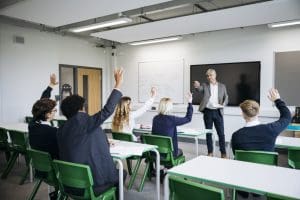 No school can predict the future alone. That’s why building partnerships with local businesses, universities, and EdTech providers is essential. These collaborations open doors to mentorship, internships, and real-world projects that give students firsthand insights into fast-growing industries.
No school can predict the future alone. That’s why building partnerships with local businesses, universities, and EdTech providers is essential. These collaborations open doors to mentorship, internships, and real-world projects that give students firsthand insights into fast-growing industries.
When students engage with professionals and work on challenges tied to actual businesses, they gain both inspiration and clarity about potential career paths. These experiences also help educators align curriculum with market needs.
Ideas in action: Host career days with guests from fields like renewable energy, AI development, or aerospace engineering. Co-create capstone projects with local companies that task students with designing solutions for real-world issues.
4. Teach Students to Learn How to Learn
As industries shift, the one constant will be the need to continually learn and grow. Students must leave school not just with knowledge, but with the ability to acquire new knowledge independently. This means developing strong habits of mind, self-direction, and confidence in their ability to learn.
The future belongs to agile learners—those who can evaluate information, unlearn outdated ideas, and adapt to new systems or tools as they emerge.
How educators can help: Embed metacognition (thinking about one’s thinking), digital research skills, and self-reflection into daily instruction. Encourage students to set learning goals, track their growth, and evaluate their own progress as part of a lifelong learning mindset.
5. Reimagine Career Readiness
The traditional model of career readiness—resume writing, job shadowing, interview prep—no longer fully serves the needs of a rapidly shifting job market. Today, readiness means understanding one’s strengths, discovering personal passions, and developing a versatile skill set that can be applied across a range of roles and industries.
Career development should start earlier and evolve alongside students’ academic journeys. By exposing students to diverse pathways and connecting learning to real-world impact, we help them find purpose and direction in a changing world.
Next step: Launch career exploration programs starting in middle school. Blend traditional instruction with tech-enhanced experiences that include VR industry tours, AI-driven aptitude assessments, and mentorship opportunities.
Final Thought: Future-Proofing with Purpose
While we can’t predict every career that will exist in 10 or 20 years, we can prepare students to meet the future with confidence. By embracing new technologies, fostering adaptable skills, and reimagining the learning experience, schools can give students the tools not just to succeed—but to shape what’s next.
The future is unwritten. Let’s ensure our students are ready to write it.



